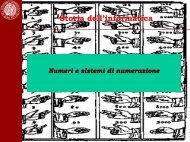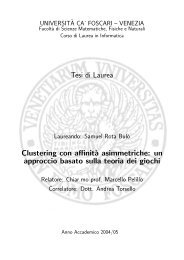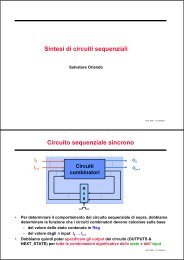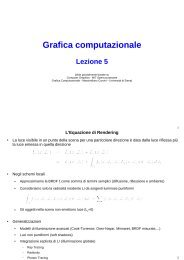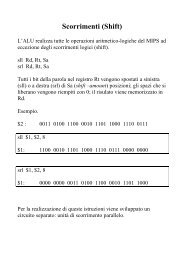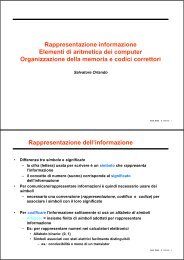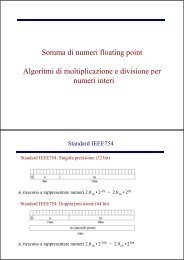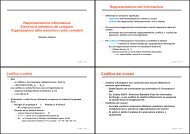A Neural-Symbolic Approach to the Contemporary Theory of Metaphor
A Neural-Symbolic Approach to the Contemporary Theory of Metaphor
A Neural-Symbolic Approach to the Contemporary Theory of Metaphor
Create successful ePaper yourself
Turn your PDF publications into a flip-book with our unique Google optimized e-Paper software.
<strong>Contemporary</strong> <strong>Theory</strong> <strong>of</strong> <strong>Metaphor</strong> Sets, Functions and Networks Example Applications and conclusion<br />
Knowledge representation and Learning<br />
The <strong>Neural</strong>-<strong>Symbolic</strong> paradigm<br />
We model <strong>the</strong> source and target domains as connectionist<br />
inductive learning and logic programming (CILP) system<br />
The CILP system ([1]) is a neural-symbolic system showing a<br />
one-<strong>to</strong>-one correspondence between logic programming and neural<br />
networks that are trainable by backpropagation.<br />
We model <strong>the</strong> mapping functions m and n as a single restricted<br />
Boltzmann machine (RBM). A RBM defines a probability<br />
distribution P(V=v,H=h) over pairs <strong>of</strong> vec<strong>to</strong>rs v and h encoded in<br />
<strong>the</strong>se layers, where v encodes <strong>the</strong> input data in binary or real<br />
values and h encodes <strong>the</strong> posterior probability P(H|v).<br />
8 / 19






